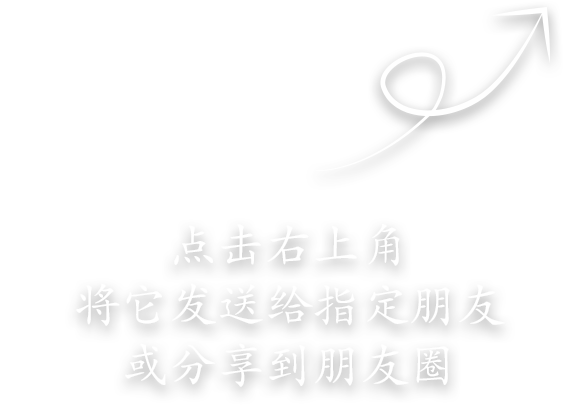The Pituitary Gland (PG) is typically homemade, often utilizing carp pituitary glands. Its mechanism of action leverages the gonadotropins present in the pituitary glands of sexually mature fish, primarily luteinizing hormone (LH) and follicle-stimulating hormone (FSH). Upon injecting the suspension into fish, the follicle-stimulating hormone further promotes the development and maturation of sperm and eggs, while luteinizing hormone induces fish to spawn. The use of pituitary glands for ovulation induction has a significant ripening effect. In early induction at low water temperatures or when spawning broodstock twice a year, the ovulation effect is superior to that of gonadotropin, but improper use can often lead to dystocia.
Chorionic gonadotropin (HCG) is generally a commercial product, known as fish (or veterinary) gonadotropin. It is a white, gray-white, or light yellow powder, easily soluble in water, and prone to inactivation by heat, requiring immediate preparation and use. This hormone has a weaker ripening effect compared to pituitary and releasing hormone analogs. Its ovulation effect on silver carp and bighead carp is equivalent to that of pituitary, but it is ineffective when used alone for grass carp. Luteinizing hormone-releasing hormone analogs (LRH-A) are artificially synthesized commercial products, available under the names Fish Ovulation Hormone No. 2 (LRH-A 2) and Fish Ovulation Hormone No. 3 (LRH-A 3). These are white powders, easily soluble in water, and can denature under direct sunlight. They act on the fish pituitary gland to secrete gonadotropins, further promoting the development and ovulation of oocytes, and are very effective on major cultured fish, with the best effect on grass carp. Their effect on silver carp and bighead carp that have been induced to ovulate several times is not as good as that of chorionic gonadotropin and pituitary, and the effective dose for carp, crucian carp, and other fish is larger than that for grass carp. However, they have the advantages of fewer side effects, artificial synthesis, and abundant drug sources, and have now become the main ovulation agents.
Injection Solution Preparation
Injection water generally uses physiological saline (0.7% sodium chloride solution), medical injection water, distilled water, or clean cold boiled water for preparation. Releasing hormone analogs and chorionic membrane hormones are both easily soluble commercial preparations; a small amount of injection water is injected, shaken well to dissolve completely, then the medicine is drawn out completely and diluted to the required concentration. Before preparing the pituitary injection solution, the pituitary should be taken out and dried, then fully ground in a clean mortar, adding a few drops of injection water during grinding to form a paste. It is then diluted with small amounts of injection water in several instances and inhaled into the syringe until no hormone remains in the mortar, finally diluting the injection solution to the required concentration. When preparing the injection solution, it is important to prepare and use it immediately to prevent ineffectiveness. If not used for more than 1 hour, it should be stored in the refrigerator. The injection solution should be more than the total amount to compensate for losses during injection and preparation. The dilution dose should be convenient for conversion during injection, Generally controlled to no more than 5 milliliters per parent fish.
Injection
The injection of ovulation agents can be divided into one-time and two-time injections, and even three-time injections are used for inducing ovulation in young parent fish. When the parent fish is well matured and the water temperature is suitable, the one-time injection method can be used, but generally, the two-time injection method is more effective, with higher ovulation rates, quantities, and fertilization rates, and more consistent estrus times in parent fish. It is particularly suitable for early ovulation or parent fish that are not well matured, as the first injection has a ripening effect. The two-time injection method involves injecting a small amount of ovulation agent the first time and the remaining full dose several hours later. The interval between the two injections is 6-24 hours. Generally, when the water temperature is low or the parent fish is not well matured, the interval is longer, and vice versa, it should be shorter.
Before injection, use a fish clip to extract the parent fish and weigh it, then calculate the actual dose needed for injection. During injection, one person holds the fish clip to make the fish lie on its side, exposing the injection site, while the other person injects. The syringe can be 5 milliliters, 10 milliliters, or a veterinary continuous injector, and the needle can be 6-8 gauge, which needs to be boiled and disinfected before use. The injection site includes thoracic cavity injection at the scaleless depression at the base of the pectoral fin, with the needle pointing forward at an angle of 45-60 degrees with the body axis, and the depth is generally about 1 centimeter, not too deep to avoid damaging internal organs. Abdominal cavity injection at the base of the abdominal fin, with an injection angle of about 30-45 degrees, and a depth of 1-2 centimeters. Muscle injection is generally under the dorsal fin where the muscle is full, and the needle is inserted into the muscle 1-2 centimeters along the scale. After the injection, quickly pull out the needle and disinfect the injection port with iodine to prevent infection. If the fish struggles during the injection, the needle should be quickly pulled out to avoid injuring the fish.
In production, to control the fish to spawn in the morning, which is conducive to work, the injection time should be determined according to the weather, water temperature, and effect time. Generally, one-time injections are mostly done in the afternoon, and the fish will spawn in the early morning of the next day. For the two-time injection method, according to the time of the second injection, the first needle is generally done around 9 am, and the second needle is done between 6-8 am on the same day. In areas with a large temperature difference between day and night, it can be moved back 1-3 hours to ensure that the water temperature is higher when spawning.
The time from the injection of the ovulation agent to the start of estrus in the parent fish is called the effect time. The effect time varies from a few hours to more than 20 hours depending on different situations. The length of the effect time is mainly determined by the water temperature. The higher the water temperature, the shorter the effect time, and vice versa. Generally, the effect time of two-time injection is shorter than that of one-time injection. The relationship between water temperature, number of injections, and effect time is such that the effect time of pituitary is shorter than that of chorionic membrane hormone, and the effect time of chorionic membrane hormone is shorter than that of analogs. Usually, the effect time of bighead carp is the longest, the effect time of grass carp is the shortest, and the effect time of silver carp and black carp is similar.










